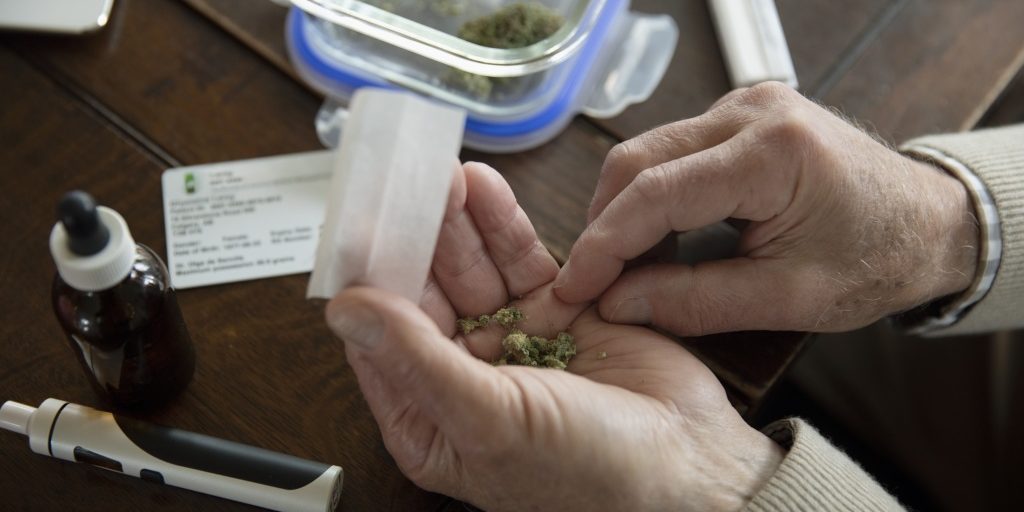Q: Why do the benefits of my medical cannabis sometimes vary slightly every time I use it, even when I buy the same product from the same dispensary?
A: That is an excellent question and part of some of the frustration that both we as physicians and you as patients feel when using cannabis for medical therapeutics.
Using botanical medicines with their high degree of variability is why most drugs today, despite them being originally derived from plants, are now chemically synthetic versions made in laboratories. For example, the drug digitalis (or digoxin) which was originally derived from the foxglove plant is now synthetically made. Cannabis, like many botanicals, presents challenges to drug development and formulation. One of the biggest challenges is the ability to fully demonstrate and prove consistency in its chemical composition, due in part to its complexity.
In an excellent TEDx talk by Israeli researcher Dede Meiri, these complexities are discussed. Cannabis is composed of over 100 cannabinoids and about 500 other compounds such as terpenes and flavonoids. Additionally, there are over 550 different strains/chemovars of the plant, all with differing ratios and combinations of cannabinoids (such as THC and CBD, and compounds such as terpenes).
And medical effectiveness for one chemovar does not establish medical efficacy for another chemovar, due to the interaction of the varied and different ratios of the components in each. Guaranteed effectiveness would practically require individual testing and proof that each chemovar variety of cannabis was evaluated for efficacy for each specific health condition, which really isn’t feasible at this time.
Additionally, the federal illegality of cannabis does not allow for nationally systemized controlled agricultural practices and growth conditions to guarantee more consistency in the final product. This is left to each separate state’s government requirements, therefore creating overall quality issues that make formulation development difficult yet critically important.
And we know plants are not factories. They produce these different compounds in response to varying growing conditions. No matter how hard growers try to control every aspect of their environment, it is never perfectly the same and each harvest might yield slightly different ratios and concentrations of all these different plant chemicals.
So that is why, with respect to medical cannabis, there may be more variability if you are using flower for vaping and inhalation. Many use flower for the whole plant effect because we are recognizing the importance of the entourage effect (which is the interaction of these 500 other compounds in cannabis). However, processed products can be made with specific combinations of different cannabinoids, flavonoids and terpenes. And even though some extraction techniques using heat and alcohol may destroy terpenes, often they are added back later, to give you that entourage effect. Additionally, many states have laws that require uniformity and consistency within edible products so that patients can divide doses if need be.
Therefore, my recommendation for most of my patients is to consider using oral tinctures and edibles. They are longer-lasting, which is helpful for most of the chronic conditions that medical cannabis is recommended for, and you may find less variability in the effects than what you experience using whole flower.
Dr. Leigh Vinocur is a board-certified emergency physician who also has a cannabis consulting practice for patients and industry. She is a member of the Society of Cannabis Clinicians and a graduate of the inaugural class, with the first Master of Science in the country in Medical Cannabis Science and Therapeutics from the University of Maryland School of Pharmacy.
Originally published on greenstate.com, April 11, 2022.







